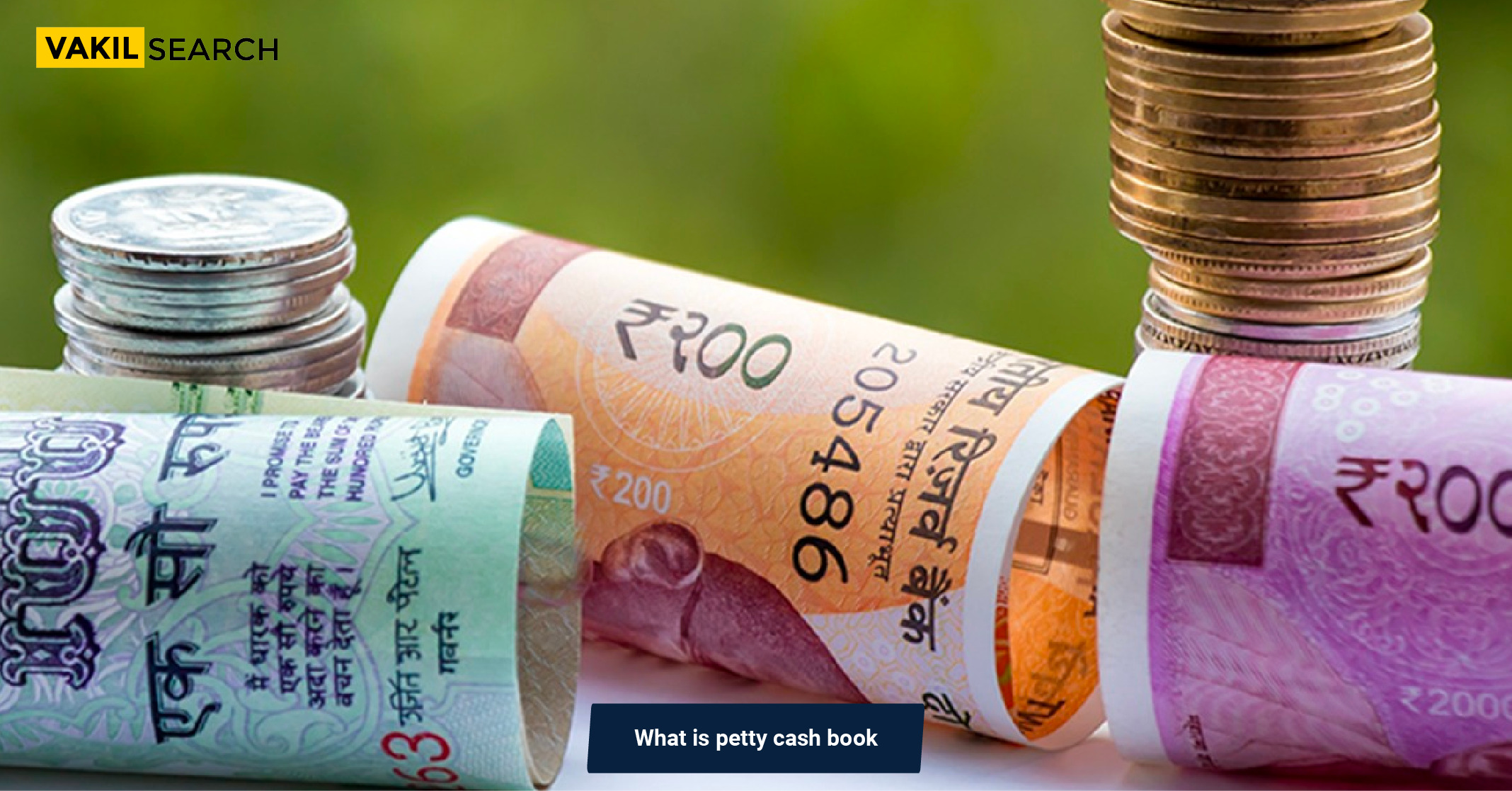The Petty Cash Book tracks minor expenses, simplifying cash management, and recording small transactions for easy financial monitoring
When it comes to managing the finances of a business, every penny counts and that’s where the Petty Cash Book steps in as a small yet indispensable tool in the world of accounting. In this comprehensive guide, we’ll dive deep into the concept of a Petty Cash Book, its purpose, components, and best practices for efficient management.
Understanding the Petty Cash Book
The petty cash book serves as a dated record of small cash expenditures, typically maintained as a physical ledger rather than a digital record. It plays a vital role within the manual record-keeping system of an organisation’s accounting department. Entries in the petty cash book can be broadly categorised into two primary types:
- Debits for Cash Receipts: These entries are made to record the cash received by the petty cash clerk, often received as a lump sum on infrequent occasions
- Numerous Credits for Cash Withdrawals: The majority of entries in the petty cash book involve credits, which document cash withdrawals from the petty cash fund. These withdrawals encompass various types of transactions, including payments for meals, flowers, office supplies, stamps, and other similar expenses.
Benefits of Using a Petty Cash Book
- Expense Control: By designating a specific amount for petty cash, businesses can closely monitor and control minor expenditures, preventing misuse or overspending
- Efficiency: It eliminates the need for processing numerous small payments through the main cash book, which can be time-consuming and logistically challenging
- Transparency: Maintaining a PC Book ensures transparency in financial reporting by providing a detailed account of small amount transactions
- Saves Time: For bookkeepers and accountants, a Petty Cash Book simplifies the reconciliation process, as they only need to deal with one account for minor expenses.
Types of Petty Cash Book
Petty cash management is an essential part of maintaining financial records, and there are two primary types used for this purpose:
1. Columnar Petty Cash Book
The Columnar Petty Cash Book is a detailed record of daily expenses, and it features several money columns for accurate recording. It has two main sections: the debit side and the credit side.
- Particulars Column: This column is used to record both cash receipts and expenses, allowing for a concise description of each transaction
- Date Column: The date of each transaction, both debit and credit, is recorded in this column
- Debit Money Column: In this column, the amount of cash received from the head cashier is documented
- Credit Money Columns: Multiple columns are dedicated to recording various expense categories. Expenses are recorded chronologically in an organised manner
- Total Money Column: This column on the credit side helps calculate the total amount of money spent during a specific period.
2. Imprest Petty Cash Book
The Imprest Petty Cash Book is structured slightly differently and serves a specific purpose:
- Credit Money Columns: Similar to the Columnar Petty Cash Book, it contains multiple money columns on the credit side to categorise expenses
- Debit Money Column: However, it features only one money column on the debit side, where the initial fixed amount provided by the head cashier is recorded
- Particulars and Date Columns: Similar to the Columnar Petty Cash Book, it also includes columns for particulars (descriptions of expenses) and dates.
Under the Imprest system, the head cashier provides a predetermined amount of money to the petty cashier in advance for a specific period. The petty cashier then uses this fund to cover various expenses. At the end of the designated period, the petty cashier submits a statement of expenditures to the head cashier for reconciliation.
Components of a Petty Cash Book
A well-organised PC Book typically consists of the following components:
- Date: Records the date of each transaction
- Voucher Number: Assigns a unique number to each transaction for easy reference
- Particulars: Describes the purpose or nature of the expenditure, such as ‘office supplies’ or ‘Coffee for the break room’
- Receipts: Lists the amount spent for each transaction, categorised by expenses
- Total Column: Calculates the cumulative total of expenses for a specific period
- Cash on Hand: Reflects the remaining balance in the petty cash fund after each transaction
Tips for Managing a Petty Cash Fund
Now that we’ve established the importance and components of a PC Book, let’s explore the best practices for managing a fund efficiently:
Establish a Fixed Amount: Determine the fixed amount that will be kept in the petty cash fund. This amount should be sufficient to cover minor expenses but not so large that it becomes difficult to manage
Appoint a Custodian: Designate a trustworthy employee as the petty cash custodian responsible for managing and recording transactions
Petty Cash Policy: Develop a clear policy outlining the types of expenses that can be reimbursed from the petty cash fund and the maximum amount allowed
Replenishment: Regularly replenish the fund by writing a check or making an electronic transfer equivalent to the total of the expenditures recorded in the PC Book
Receipts and Documentation: Require employees to provide receipts or invoices for all expenses paid from petty cash to maintain transparency and accountability
Frequent Auditing: Periodically audit the petty cash fund to ensure that the cash and documentation match the recorded transactions
Record Keeping: Keep all these books and related documentation for future reference and auditing purposes.
Conclusion
Petty Cash Book may seem like a small cog in the vast machinery of accounting, its role in managing minor expenses cannot be overstated. It helps businesses maintain financial transparency, control expenses, and streamline accounting processes. Whether you’re a small business owner or an aspiring accountant, mastering the art of petty cash management is a valuable skill in the world of finance. Make sure to get in touch with Vakilsearch accounting experts to get more insights and streamline your accounting.
Read more,









